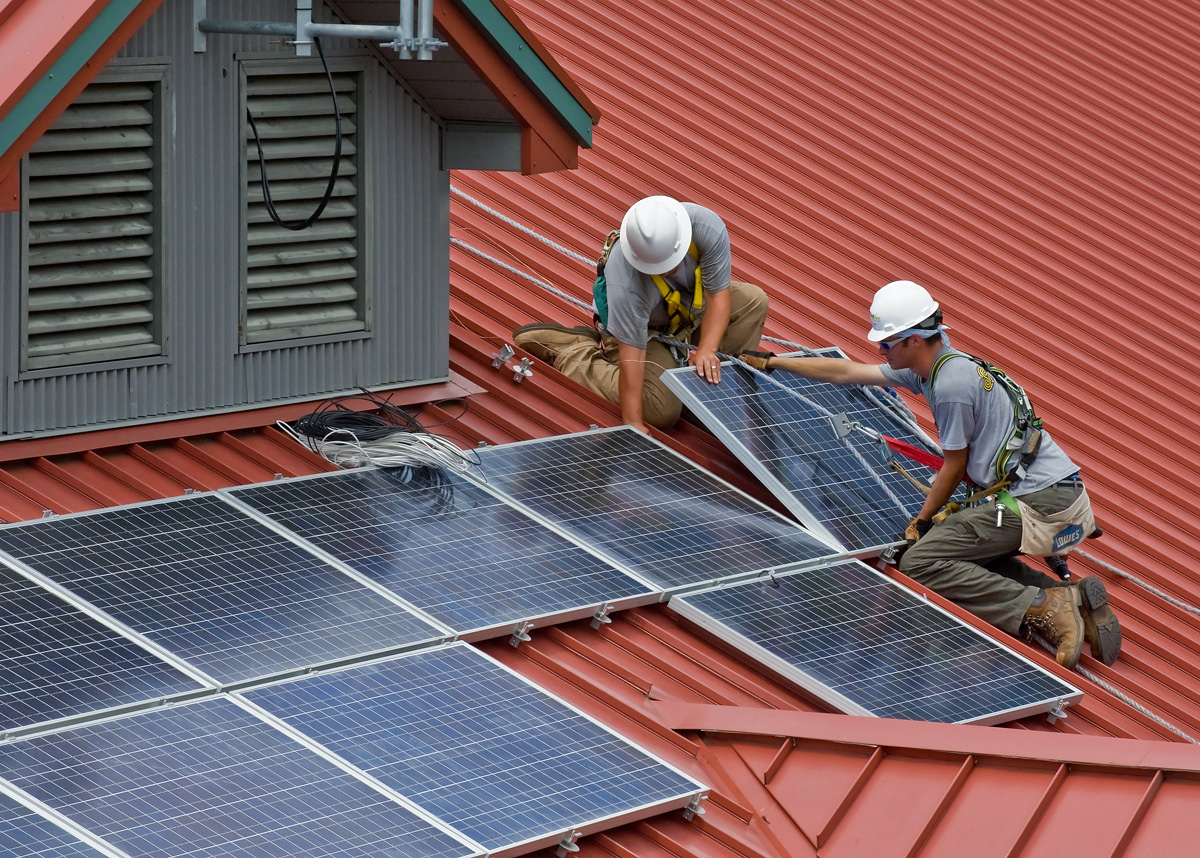
Introduction:
Embarking on a journey towards harnessing solar power for your home is an exciting and environmentally conscious decision. This comprehensive guide will walk you through the key steps and considerations for a successful solar panel installation, paving the way for a sustainable and cost-efficient energy solution.
Assessing Your Energy Needs:
Before diving into the installation process, it’s crucial to assess your energy needs. Evaluate your current energy consumption and determine the portion of it you aim to cover with solar power. This assessment will guide the size and capacity of the solar panel system required for your specific requirements.
Conducting a Site Assessment:
A thorough site assessment is essential to identify the most suitable location for solar panel installation. Factors such as sunlight exposure, shading, and roof orientation play a significant role. Engage with a professional installer to evaluate your site and determine the optimal placement for maximum solar exposure.
Choosing the Right Solar Panels:
Selecting the right solar panels is a pivotal decision in the installation process. Consider factors such as efficiency, durability, and warranty when choosing solar panels. Monocrystalline, polycrystalline, and thin-film are common types of solar panels, each with its advantages and considerations. Consult with your installer to determine the best fit for your needs.
Navigating Local Regulations and Permits:
Understanding and complying with local regulations and obtaining the necessary permits are critical steps in the solar panel installation process. Regulations may vary by location and could include zoning requirements, building permits, and utility interconnection agreements. Work closely with your installer to navigate these processes seamlessly.
Selecting an Experienced Installer:
Choosing a reputable and experienced solar panel installer is paramount to the success of your project. Research and gather quotes from multiple installers, considering their track record, certifications, and customer reviews. An experienced installer will ensure a smooth installation process and long-term system reliability.
Designing the Solar Panel System:
Collaborate with your chosen installer to design a solar panel system tailored to your energy needs and site characteristics. The design phase involves determining the layout, placement of panels, and the electrical configuration of the system. A well-designed system maximizes energy production and efficiency.
Installing the Mounting Structure:
The mounting structure is a critical component that supports and positions the solar panels. The installer will secure the mounting structure to your roof or another designated area, ensuring it is securely anchored and positioned for optimal sunlight exposure. Proper installation of the mounting structure is essential for the long-term stability of the system.
Wiring and Electrical Connections:
The wiring and electrical connections are key components that facilitate the flow of solar-generated electricity to your home. During installation, the installer will carefully connect the solar panels, inverters, and other electrical components. This phase requires precision to ensure safe and efficient electrical connectivity.
Inverter Installation:
The inverter is a crucial component that converts the direct current (DC) generated by the solar panels into alternating current (AC) usable in your home. The installer will strategically place and connect the inverter, typically near your electrical panel. Inverter installation is a critical step in optimizing the efficiency of your solar panel system.
System Testing and Activation:
Once all components are installed, the system undergoes comprehensive testing to ensure proper functionality and safety. The installer will conduct tests to verify electrical connections, system performance, and compliance with local regulations. Upon successful testing, your solar panel system will be activated, and you can begin enjoying the benefits of solar energy.
Conclusion:
Embracing solar power through a well-planned and executed solar panel installation is a significant investment in a sustainable future. By following these key steps and collaborating with experienced professionals, you can seamlessly transition to clean, renewable energy, reducing your environmental impact and enjoying long-term cost savings.
For more in-depth insights into Solar Panel Installation, visit PlayAsSustentable.com.
